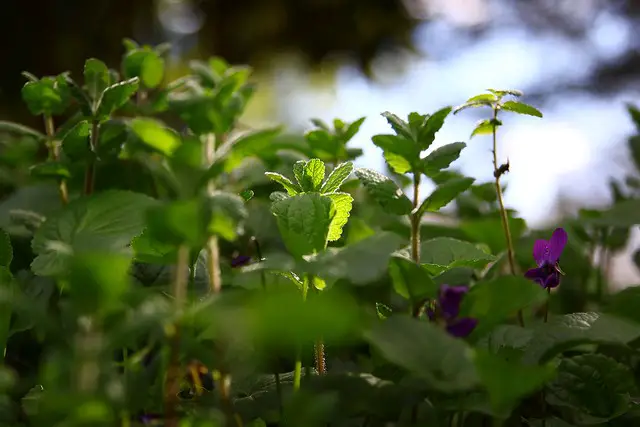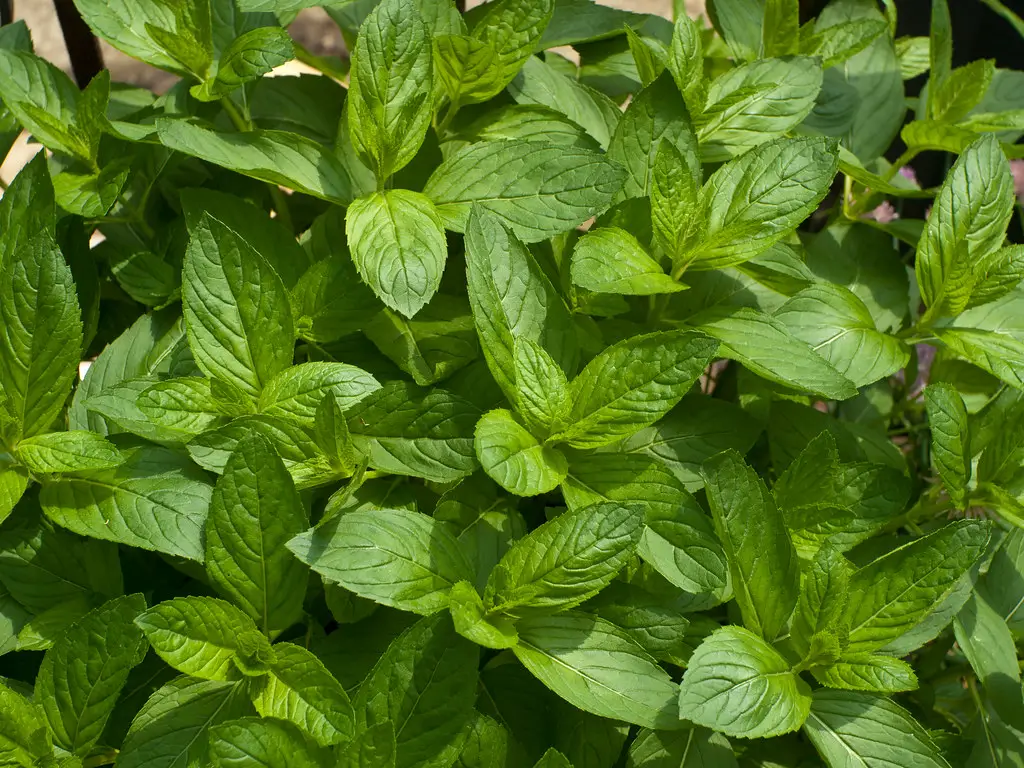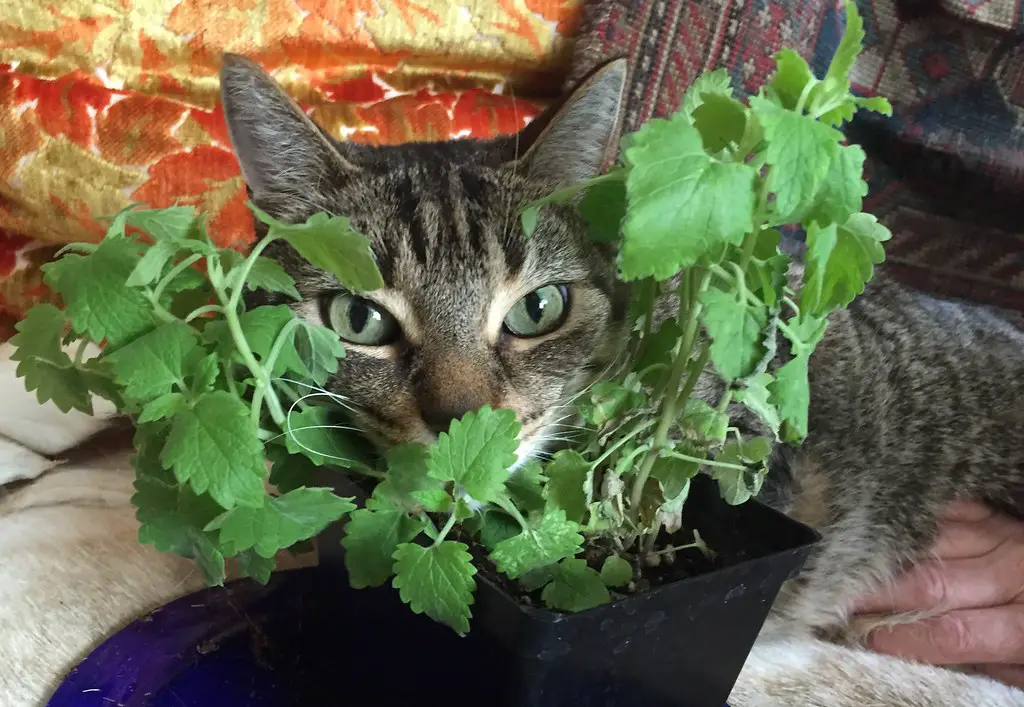Catnip Vs Mint: What Is The Difference? Catnip and mint are both popular plants that are used within the garden to provide fragrant smells and lush foliage. However, have you ever wondered what the difference is between these plants and how they can be best used in your garden?
Catnip and mint are both plants that come from the same family but different genera which means that the plants can be considered cousins within the same family. Catnip is most widely used as an ornamental plant in gardens and is known to attract cats to the garden because of its narcotic properties. Whereas mint is a widely grown edible herb that is used in a range of different ways to flavour food and beverages.
Catnip is known to produces a euphoria within two-thirds of cats for approximately 15 minutes before the effect begins to wear off. The reason for this effect on cats is because it produces a chemical called nepetalactone which triggers the production of an opioid substance within their body creating a temporary high.

The effect only lasts approximately 15 minutes because the receptors in the cats’ body that are affected by nepetalactone become blocked over time meaning that no further nepetalactone get into the receptors in their body and continue to affect them. However, once this saturation subsides after half an hour to an hour they are again susceptible to this effect.
The effect of catnip is not isolated to domestic house cats it is known to also affect a range of larger cats within the family such as lions and tigers and leopards though the extent of the effect is not as consistent for these large animals.
Catnip is also commonly confused with catmint which does not produce nepetalactone and therefore does have the same effect upon the cats. To read more about this click here.
What Is Common About Catnip And Mint?
As mentioned earlier in the article both plants are members of the mint family which is also known as the Lamiaceae Family. Within this family, the mint belongs to the mentha family which includes a range of different mint species such as apple mint and chocolate mint. All of the plants within this genus have the characteristic mint smell and flavour.
Whereas catnip belongs to the nepeta genus which contains catmint which is an extremely popular ornamental garden plant. Both catnip and mint have similar looking leaves in terms of shape with both plants having a jagged outer edge and indented Leaves. However, mint tends to have a rich deep green colour whereas is catnip has a greyish green colour.

Both plants also produce a white flower and are considered to be relatively invasive though I have generally found that common mint is far more invasive than catnip. Common mint will takeover significant areas of the garden if it is allowed to do so.
Mint spreads by putting out running root systems and stems which will progressively increase in size. Due to its relatively dense root system, it will progressively outcompete most other plants in a similar space.
Members of the nepeta genus I have generally found to be less invasive but they will spread by seed rather than by root system. Thus it is common to see catnip jump from one garden bed to another however the root system is dense but does not spread as rapidly as mint.
How To Control Mint And Catnip In Your Garden
While mint and catnip are relatively invasive they can be controlled using a few common techniques which will keep things under control. One of the most common ways to control mint is to restrict its root system by placing it into a container or into a garden bed that is isolated from the rest of the garden.
This can be achieved by selecting an area of the garden where the garden bed is surrounded on all sides by concrete or brick edging that does not allow the plants to escape. Another common technique that is used is to simply purchase mint plants and place them into the garden without moving the pot which will severely restrict its capacity to invade other parts of the garden.

The other common practice that is sometimes used is to place a pot directly below a water tap so that it gets watered each and every time that the tap is used. This is important because mint prefers to have moist shady conditions. Keeping the plants in shade will significantly improve the quality of the leaves that are produced.
Catnip on the other hand is a plant that actually prefers to be in full sun areas and is extremely drought tolerant and therefore can be planted in a wider number of locations within the garden. However, as catnip generally spreads by seed restricting the roots alone will not stop the plant from spreading as the seeds can be blown into nearby garden beds.
The only method that will practically stop catnip over time is simply to be vigilant about removing any new seedlings that pop up in neighbouring garden beds. As mentioned above catnip generally does not spread as quickly as mint in favourable conditions and therefore as long as you remove new seedlings on a regular basis this will generally stop catnip from becoming a problem.
I hope you found this article useful and now know the difference between mint and catnip. If you have any additional questions or comments please leave them in the section below.
Relevant Articles
Why Has My Mint Stopped Growing?
Can You Grow Mint From Grocery Store Cuttings?
Is Catnip And Catmint The Same? What Are The Differences?
Is Catmint Invasive? Will I Regret Planting It?
